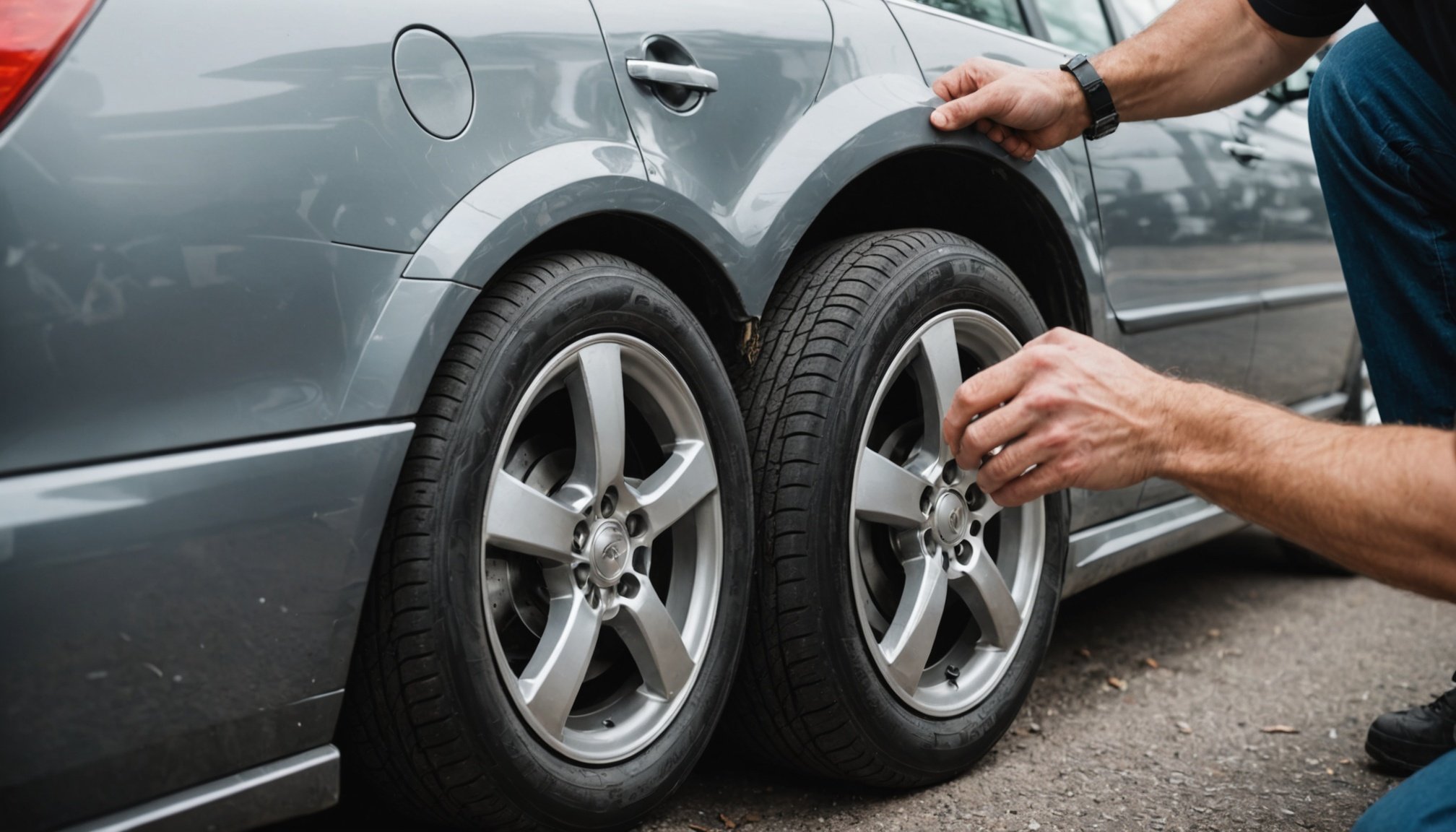As everyday drivers, we all rely heavily on our vehicles to transport us safely and comfortably from one destination to another. However, just like any other mechanical system, cars exhibit signs of wear and tear over time. Recognizing these signs early can save you from hefty repairs or even replacements. In this article, we’ll delve into the common signs of wear and tear in your vehicle and explore preventive measures that keep your car running smoothly. Discover how you can maintain your vehicle’s pristine condition, ensuring longevity and peak performance.
Spotting Common Signs of Wear and Tear
Understanding the Basics
Vehicles, like any other asset, depreciate over time due to wear and environmental factors. Regular maintenance helps mitigate these effects but recognizing the signs of wear early is crucial. These signs often manifest in various parts of your car, from the exterior paint to the internal engine components.
Additional reading : Key Factors to Consider When Selecting a Windscreen Replacement Service in the UK
Key Areas to Monitor
-
Exterior Paint and Finish: The initial point of interaction with any vehicle is its exterior. Paint chips, scratches, and fading are symptomatic of wear. Over time, exposure to the elements can dull the finish, making your car look older than it is.
-
Tires: Tire wear is inevitable, but uneven tread or bald spots can be a sign of misalignment or suspension issues. Ensure your tires are regularly rotated and checked for pressure.
This might interest you : How can technology assist in monitoring your vehicle’s health and performance?
-
Engine and Transmission: Unusual noises, such as grinding or knocking sounds, could indicate engine problems. Fluid leaks beneath your car could signify transmission or engine issues that require immediate attention.
Proactive Measures for Protection
Maintaining Your Car’s Exterior
To combat the effects of everyday wear, consider applying a protective layer, such as Paint Protection Film (PPF). This protective barrier shields your car’s paint from chips, scratches, and UV damage.
Engine and Transmission Care
Regular maintenance is vital—schedule engine tune-ups and transmission checks as part of your routine. Using high-quality oil and maintaining appropriate levels can extend the life of your engine, reducing the risk of damage.
Protecting the Interior
While the focus is often on the exterior, your car’s interior also deserves attention. Regular maintenance of the upholstery and dashboard prevents fading and cracking. Use sun shades or park in the shade to protect against UV damage.
Common Problems and Solutions
Addressing Immediate Concerns
Spotting a problem early can save you significant costs. For instance, hearing a strange noise doesn’t always mean a costly repair, but ignoring it could escalate the issue.
Solutions for Tire and Brake Issues
When it comes to tires, regular rotation and alignment services prevent uneven wear. Similarly, brake pads should be inspected and replaced if you notice squealing or decreased responsiveness.
Engine and Transmission Troubleshooting
Proactive measures include checking belts and hoses for wear and replacing them as needed. If your vehicle’s engine light illuminates, schedule a diagnostic test to pinpoint the problem.
Paint and Exterior Fixes
For minor paint chips and scratches, touch-up kits are widely available. However, for more extensive damage, professional repairs might be necessary to restore your car’s original look.
Emphasizing Regular Maintenance
The Importance of Scheduled Check-Ups
Routine maintenance not only preserves the aesthetics of your car but also its functionality. Regular oil changes, fluid checks, and inspections are essential to prolong your vehicle’s life.
The Role of a Professional Mechanic
While some tasks can be managed at home, complex issues demand professional expertise. A certified mechanic can diagnose and fix problems more efficiently, ensuring your vehicle remains protective against wear and tear.
Financial Perspective
Investing in routine maintenance might seem costly upfront but it saves you from unexpected problems. Keeping a well-maintained vehicle can also increase its resale value, offering a financial return in the long run.
In summary, your vehicle is a significant investment that requires consistent care and attention to perform at its best. By staying vigilant and proactive, you can detect signs of wear and tear before they evolve into critical issues. Whether it’s applying protective coatings to preserve your car’s paint or addressing mechanical problems as they arise, maintaining your vehicle is a continuous commitment. Prioritize regular maintenance, and when necessary, seek professional advice to ensure your car remains a reliable companion on the road for years to come.











